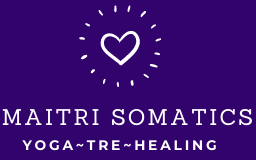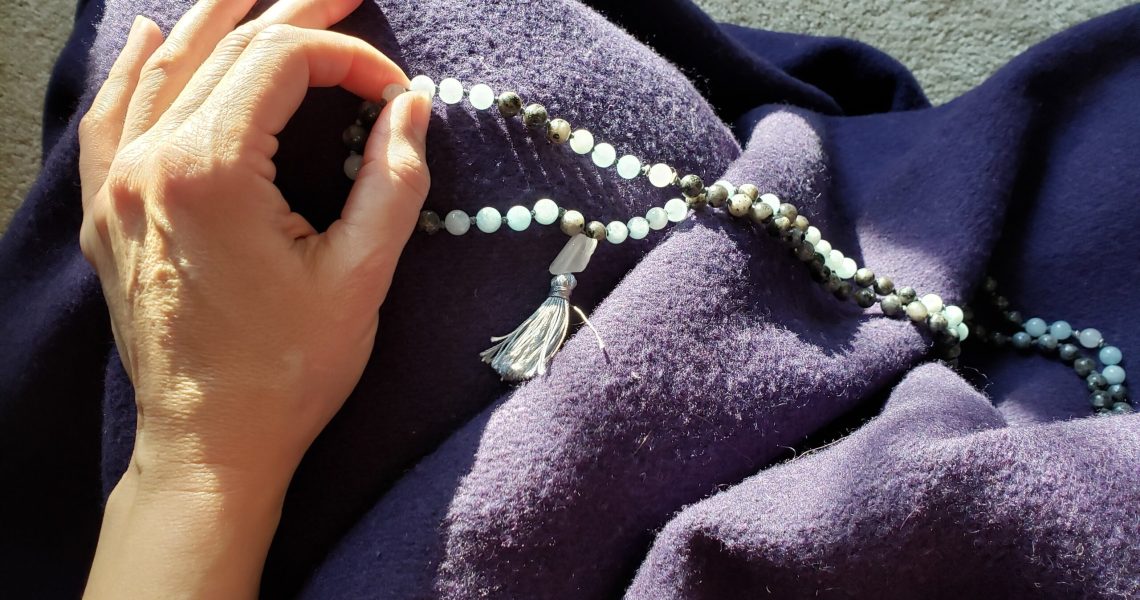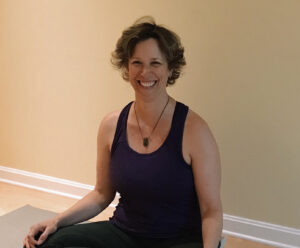Tapping into Your Intuition: Using Mindfulness for Self-Healing
In the hustle and bustle of modern life, we often lose touch with our inner selves, neglecting the quiet voice of intuition that guides us towards well-being and balance. By incorporating mindfulness practices, you can reconnect with your intuition, facilitating self-healing and a deeper understanding of your needs. This article explores how to use mindfulness to tap into your intuition and the benefits it brings for self-healing.
I never really understood what intuition was until I started practicing mindfulness.
I made decisions with much weighing of options, gathering opinions of others (both “experts” and friends), and pro and con lists. My decisions seemed to be rational and planned. The fact was, I had very little awareness of my inner voice; it was so well overlayed by my conditioning. In fact, it took me a couple of years working daily with the practices outlined below to create the space for me to separate my intuition from my instincts, which were primed by fear. My only gut feelings then were fear or food based. Now, there is a wide array of knowledge I receive from my body, still plenty of layers to continue to unravel, but I’m more and more able to make choices and take actions that are sourced in this clear inner knowing, giving me more confidence, clarity, and curiosity.
Understanding Intuition and Mindfulness
Intuition is often described as a gut feeling (that is not fear based) or an inner knowing that guides us towards making the right decisions. It’s a form of instinctive knowledge that comes without rational thought and arises quickly, without mental processing. Like a clear knowing. Mindfulness is the practice of staying present, nonjudgmental and fully engaged with the current moment. By combining these two powerful concepts, you can enhance your ability to listen to and trust your intuition.
Techniques for Enhancing Intuition Through Mindfulness
1. Mindful Breathing
Mindful breathing is a foundational mindfulness practice that helps quiet the mind and create internal space, making it easier to hear your intuition.
How to Practice:
- Find a quiet, comfortable place to sit or lie down.
- Close your eyes and take a few long, slow, smooth breaths.
- Focus on the sensation of your breath entering and leaving your body.
- If your mind wanders, gently bring your focus back to your breath.
- Practice for 5-10 minutes daily.
Benefits:
- Calms the mind and reduces stress
- Enhances focus and clarity
- Creates a space for intuitive thoughts to emerge
2. Body Scan Meditation
Body scan meditation involves paying close attention to different parts of your body, helping you tune into physical sensations and emotions that may be linked to intuitive insights.
How to Practice:
- Lie down comfortably on your back.
- Close your eyes and take a few long, slow, smooth breaths.
- Starting from your toes, slowly move your attention up through your body, noticing any sensations without judgment.
- Spend a few moments on each body part before moving to the next.
- Practice for 10-20 minutes. You can find a guided body scan in this yoga nidra practice.
Benefits:
- Increases body awareness
- Reduces physical and emotional tension
- Helps identify areas where intuition may be manifesting as physical sensations
3. Mindful Journaling
Mindful journaling involves writing down your thoughts and feelings without filtering or judgment, allowing your intuitive insights to flow freely onto the page.
How to Practice:
- Set aside a specific time each day for journaling.
- Find a quiet place where you won’t be disturbed.
- Write whatever comes to mind, focusing on your current feelings and thoughts.
- Don’t worry about grammar or structure; let your intuition guide your writing.
- Review your entries periodically to notice any recurring themes or insights.
Benefits:
- Enhances self-awareness and emotional clarity
- Provides a tangible record of intuitive insights
- Facilitates problem-solving and decision-making
4. Walking Meditation
Walking meditation combines the physical movement of walking with mindful awareness, helping you connect with your surroundings and your inner self.
How to Practice:
- Find a quiet, safe place to walk, such as a park or a quiet street.
- Walk slowly and deliberately, paying attention to the sensation of your feet touching the ground.
- Focus on your breath and the rhythm of your steps.
- Allow your mind to wander and observe any intuitive thoughts or feelings that arise.
- Practice for 10-30 minutes.
Benefits:
- Grounds you in the present moment
- Enhances connection with nature and your surroundings
- Promotes intuitive insights through physical movement
5. Mindfulness Meditation
Mindfulness meditation involves sitting quietly and focusing on your breath while you watch your thoughts and sensations arise and fall away, helping you develop a deeper awareness of your intuitive signals.
How to Practice:
- Sit comfortably with your back straight.
- Close your eyes and take a few deep breaths.
- Focus on your breath, allowing thoughts and sensations to come and go without judgment.
- When your mind wanders, gently bring your focus back to your breath.
- Practice for 10-20 minutes daily.
Benefits:
- Increases overall mindfulness and presence
- Enhances emotional regulation and mental clarity
- Strengthens your connection to intuitive insights
Benefits of Using Mindfulness to Tap into Your Intuition
1. Improved Decision-Making
By trusting your intuition, you can make more confident and effective decisions, leading to better outcomes in both personal and professional life.
2. Enhanced Emotional Well-Being
Connecting with your intuition through mindfulness can help you process emotions more effectively, leading to improved emotional resilience and well-being.
3. Greater Self-Awareness
Mindfulness practices increase self-awareness, allowing you to better understand your needs, desires, and motivations, which in turn strengthens your intuitive abilities.
4. Stress Reduction
Mindfulness and intuition work together to reduce stress by promoting a sense of inner peace and clarity, helping you navigate life’s challenges with ease.
5. Deeper Connection to Self
By tapping into your intuition, you develop a deeper connection to your true self, fostering a sense of authenticity and self-acceptance.
Conclusion
Mindfulness is a powerful tool for tapping into your intuition and promoting self-healing. By incorporating mindful breathing, body scan meditation, mindful journaling, walking meditation, and/or mindfulness meditation into your daily routine, you can enhance your intuitive abilities and experience profound benefits for your mental, emotional, and physical well-being.
Note: meditation practices can be contraindicated for some conditions, like PTSD. If that is the case, I recommend you start with three (3) – five (5) minutes of practice at a time. This is enough time for you to gain benefit and generally not so much as to aggravate symptoms. Notice and adapt the practice for you. Reach out for support and guidance. Although the instructions are “simple” the practice is not easy!
If you would like to receive these notes in your inbox with exercises and practices sign up for my newsletter here!
Remember: this post is for informational purposes only and may not be the best fit for you and your personal situation. It shall not be construed as medical advice. The information and education provided here is not intended or implied to supplement or replace professional medical treatment, advice, and/or diagnosis. Always check with your own physician or medical profession.





